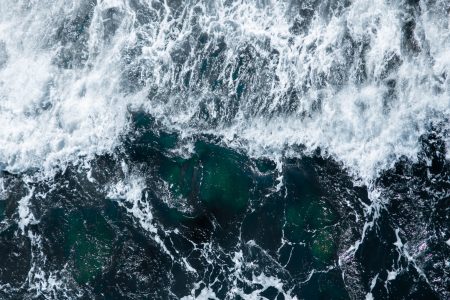Ecosystem-based tsunami mitigation for tropical biodiversity hotspots
Wanger et al. 2020 Tsunamis have claimed over 260,000 lives this last century, making them the most deadly of natural hazards. In 2018, a tsunami devastated the Indonesian city of Palu and in response the government is planning to build a 7km long, 3.2m high sea wall. This paper suggests a hybrid coastal protection strategy […] February 27, 2020
Wanger et al. 2020
Tsunamis have claimed over 260,000 lives this last century, making them the most deadly of natural hazards. In 2018, a tsunami devastated the Indonesian city of Palu and in response the government is planning to build a 7km long, 3.2m high sea wall. This paper suggests a hybrid coastal protection strategy for Palu instead, which combines ecological disaster risk reduction with traditional engineering. Although sea walls are often seen as the most effective form of coastal protection, the authors outline the disadvantages: they are expensive, induce a false sense of security, and can interfere with natural processes like sedimentation, which leads to degradation of natural habitats like mangroves. The paper discusses how ecosystem-based and hybrid approaches can combat these issues. For Palu, the authors suggest that coral reef and mangrove rehabilitation would be appropriate for contributing to dissipation of future tsunamis or storm surges. Palu can act as a case study to investigate how an eco-disaster risk reduction approach can reduce costs from storm surges whilst also improving biodiversity, helping to inform similar projects across the tropics. Read more here.
